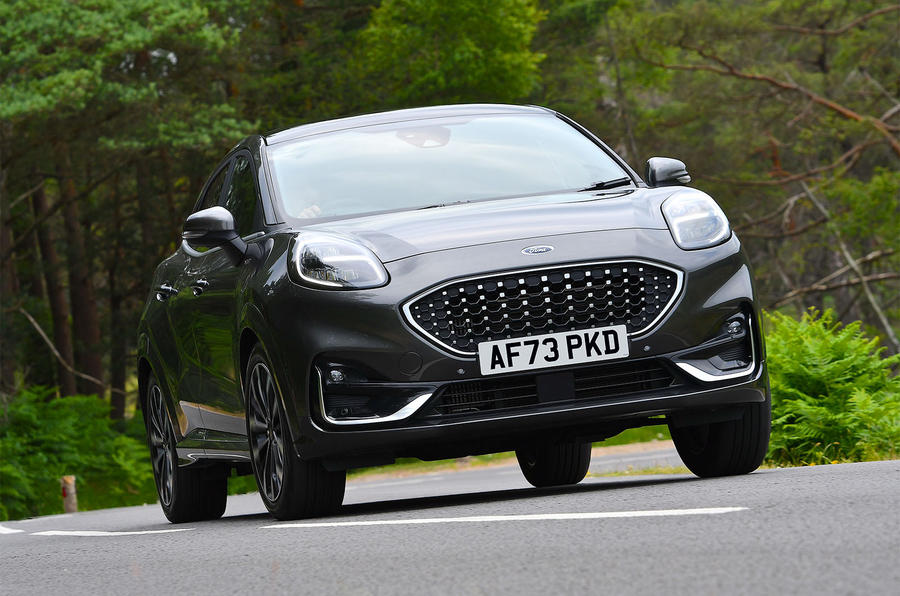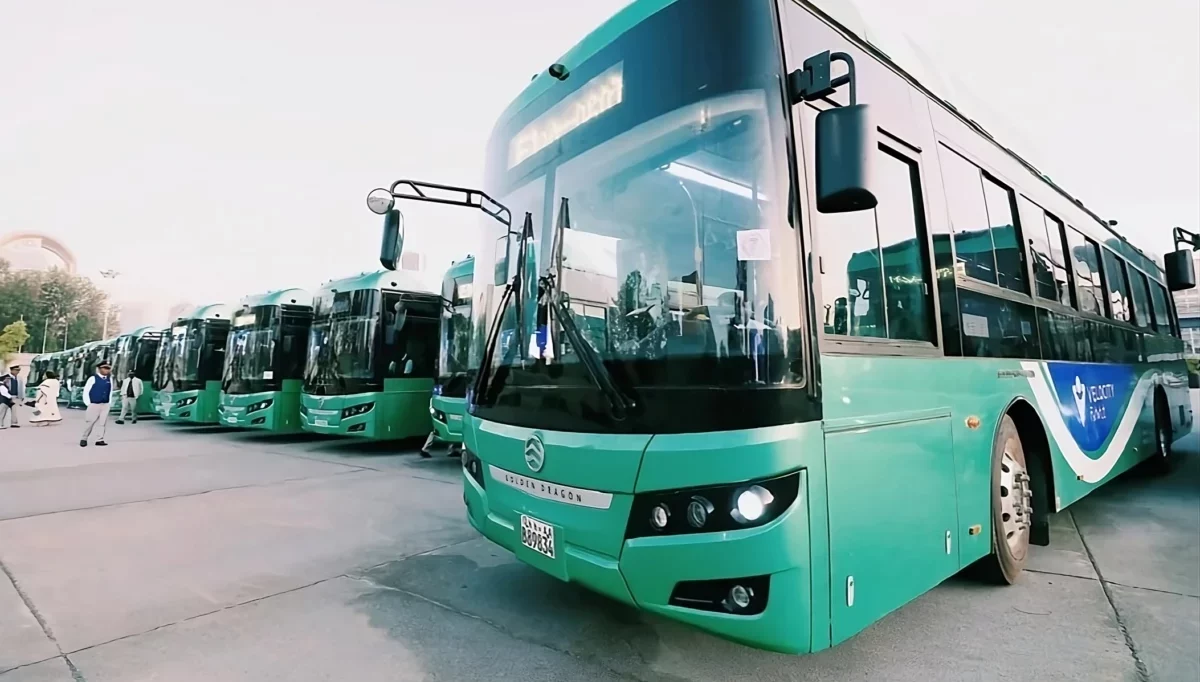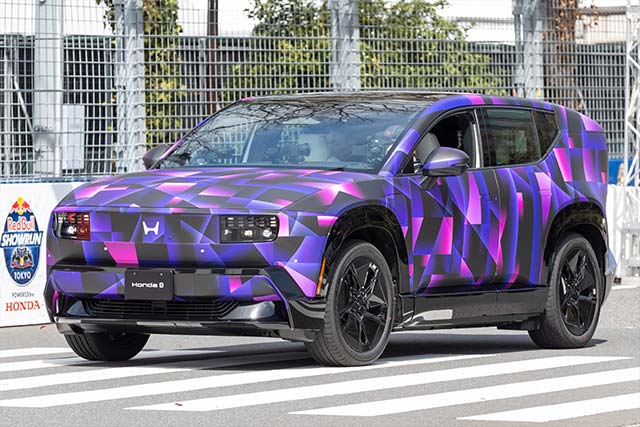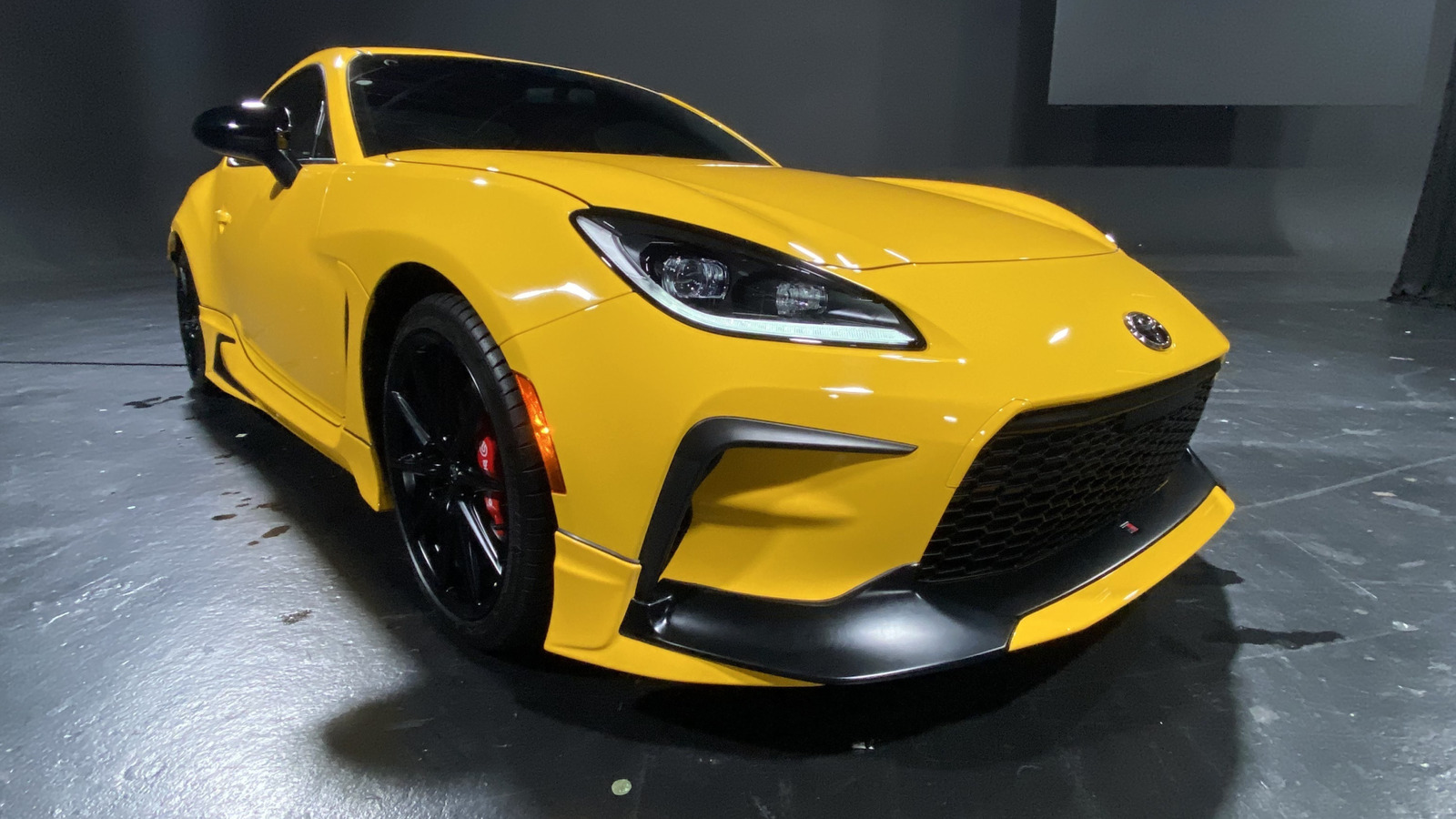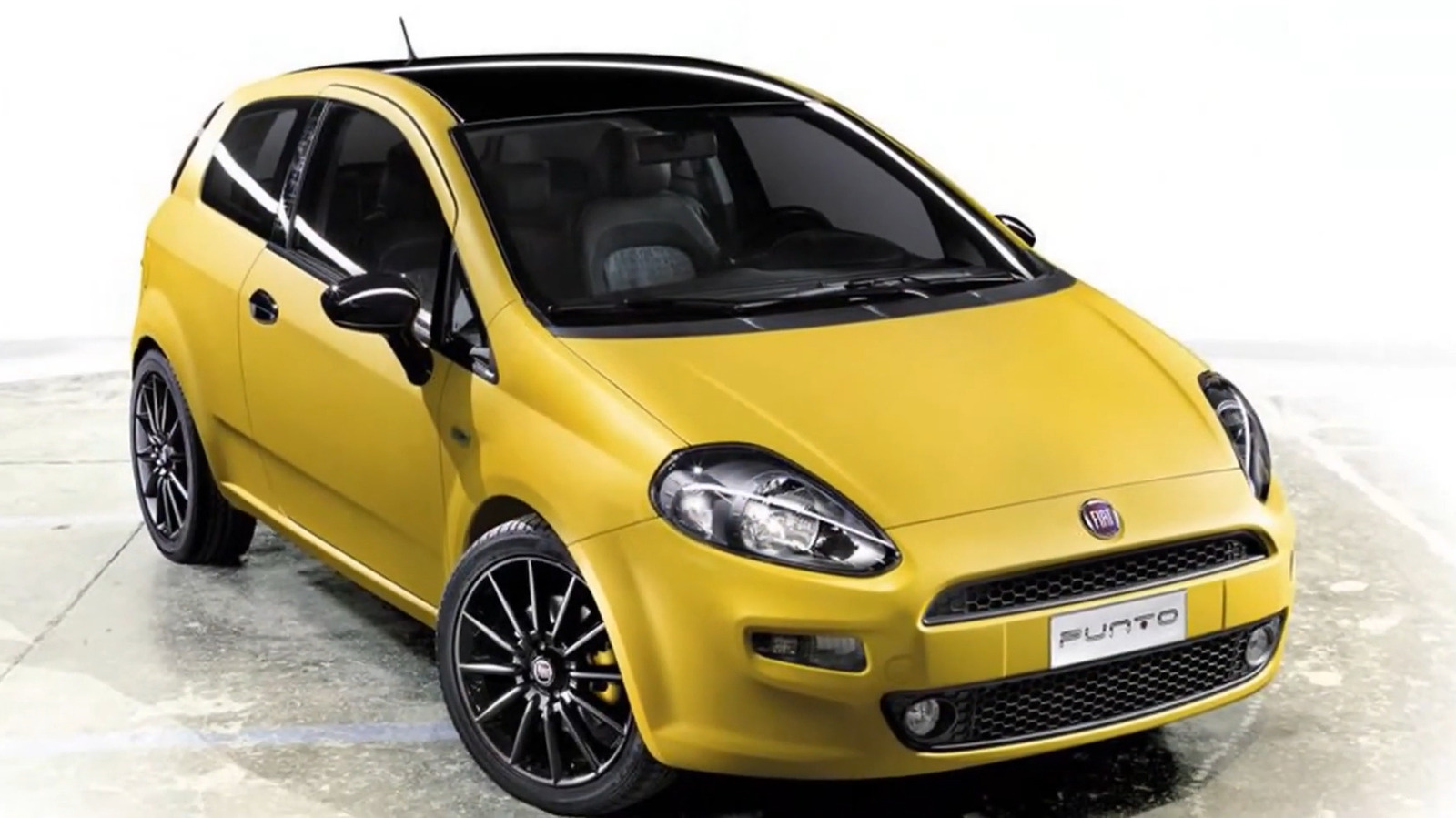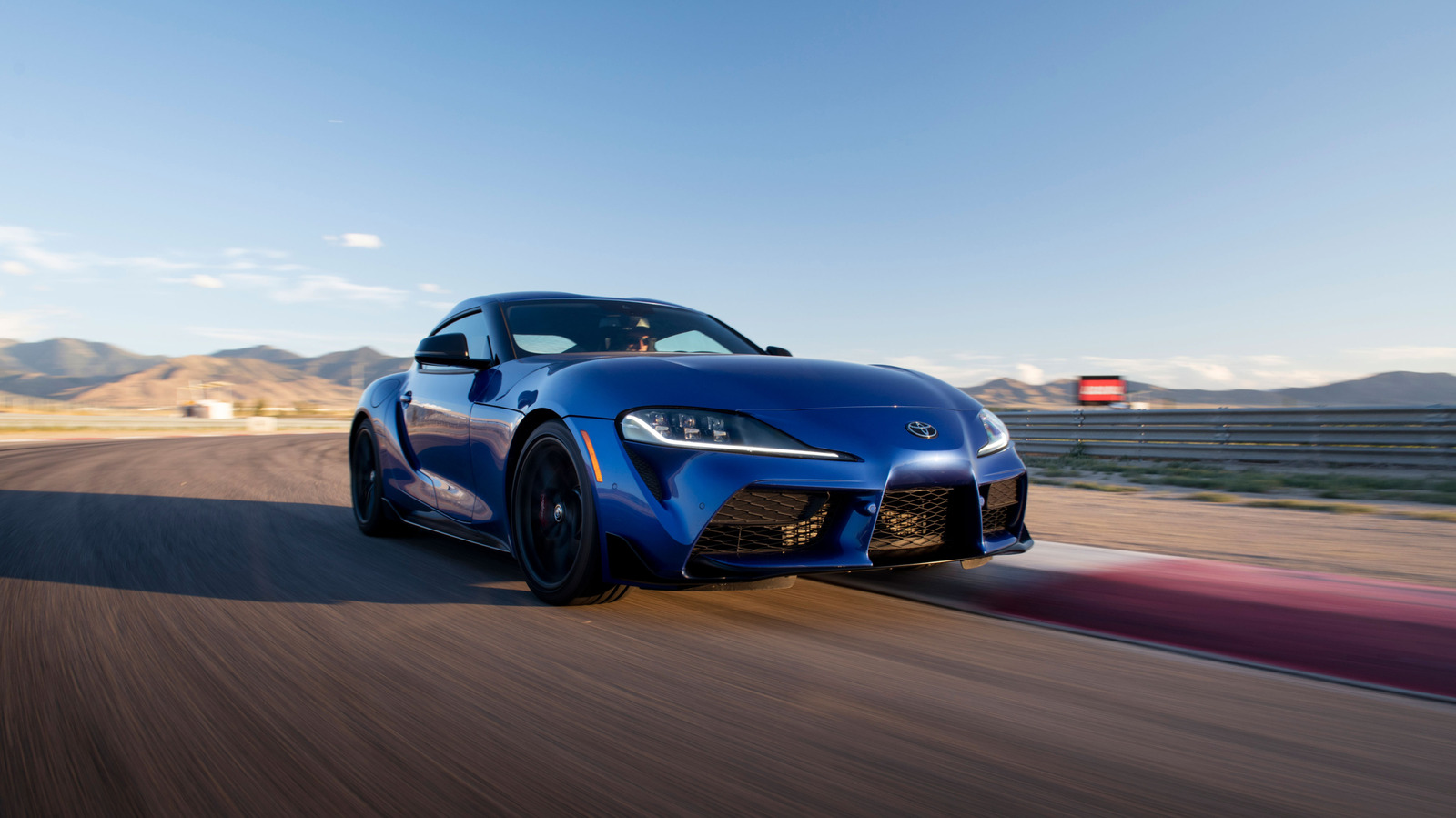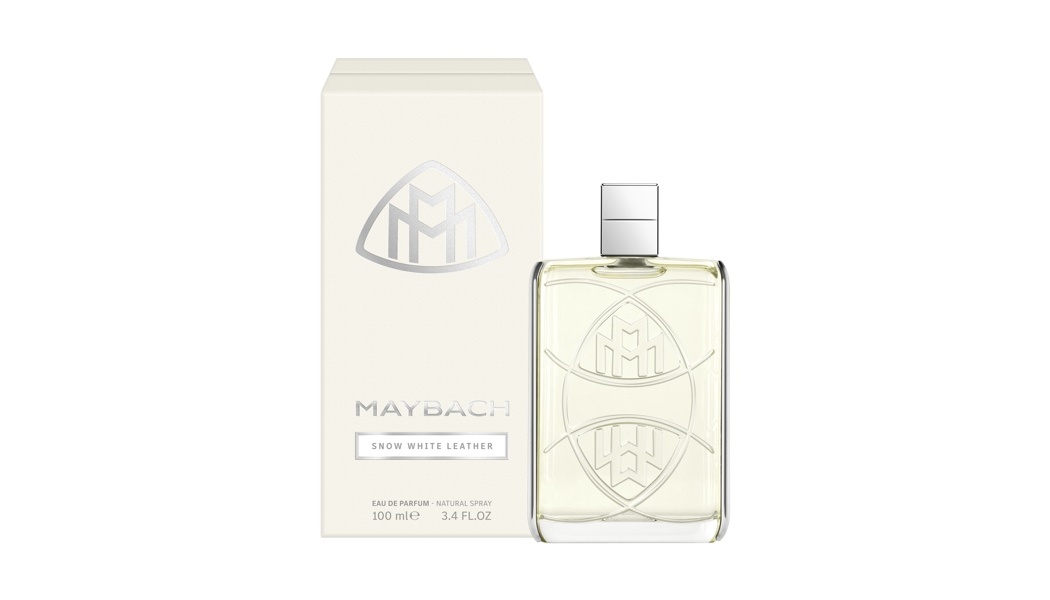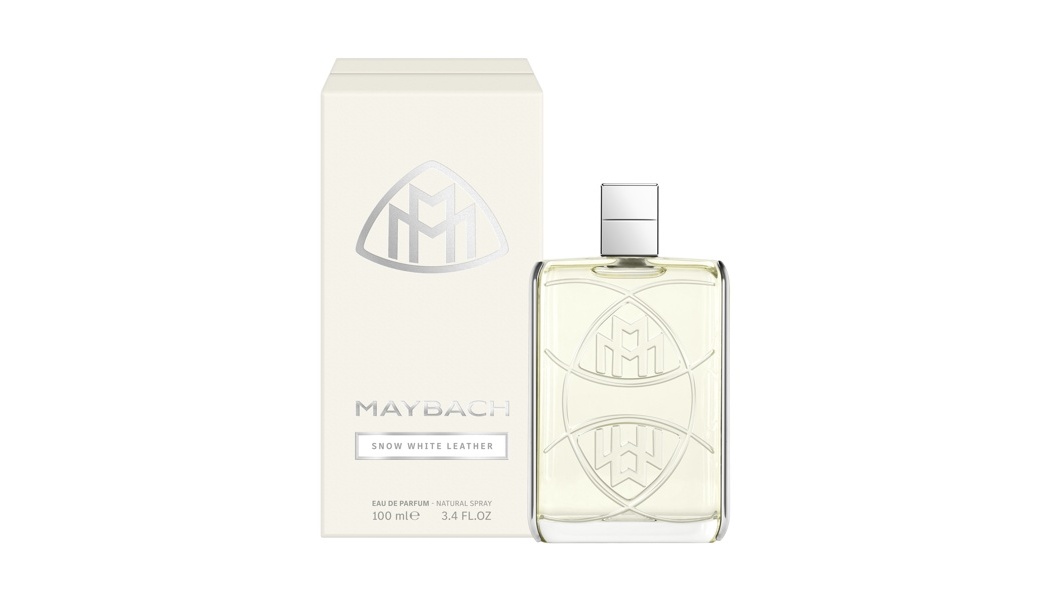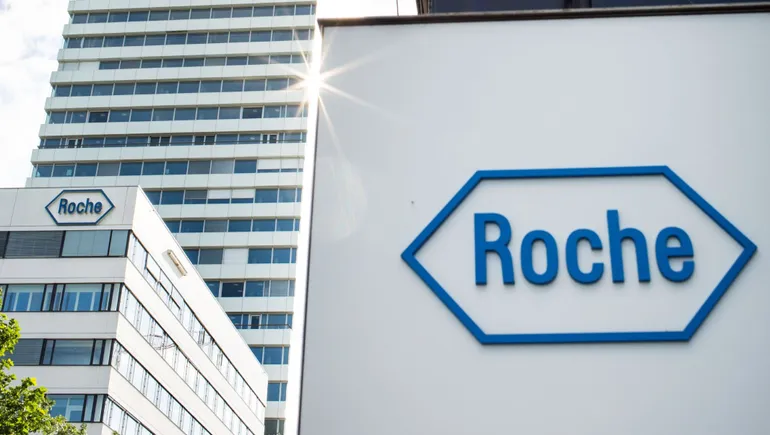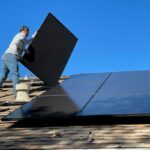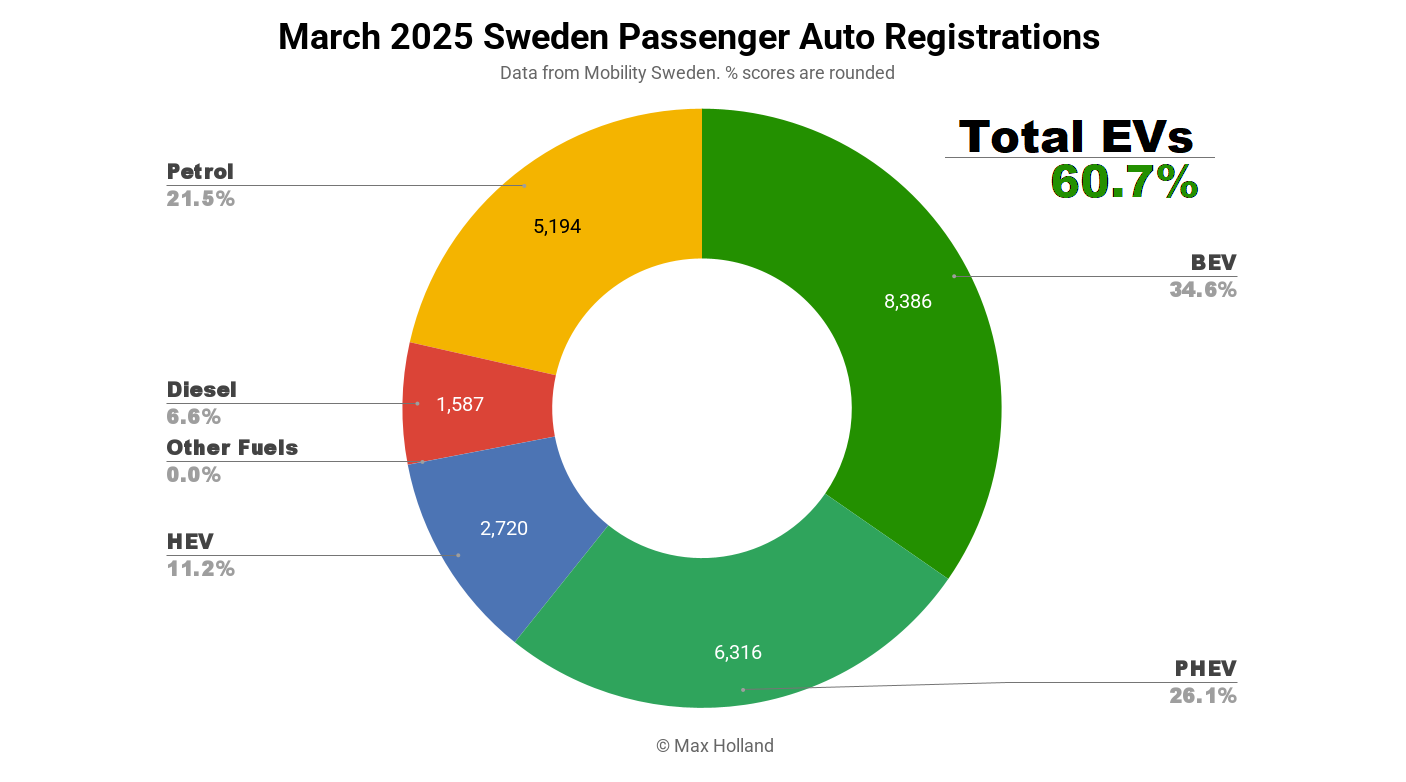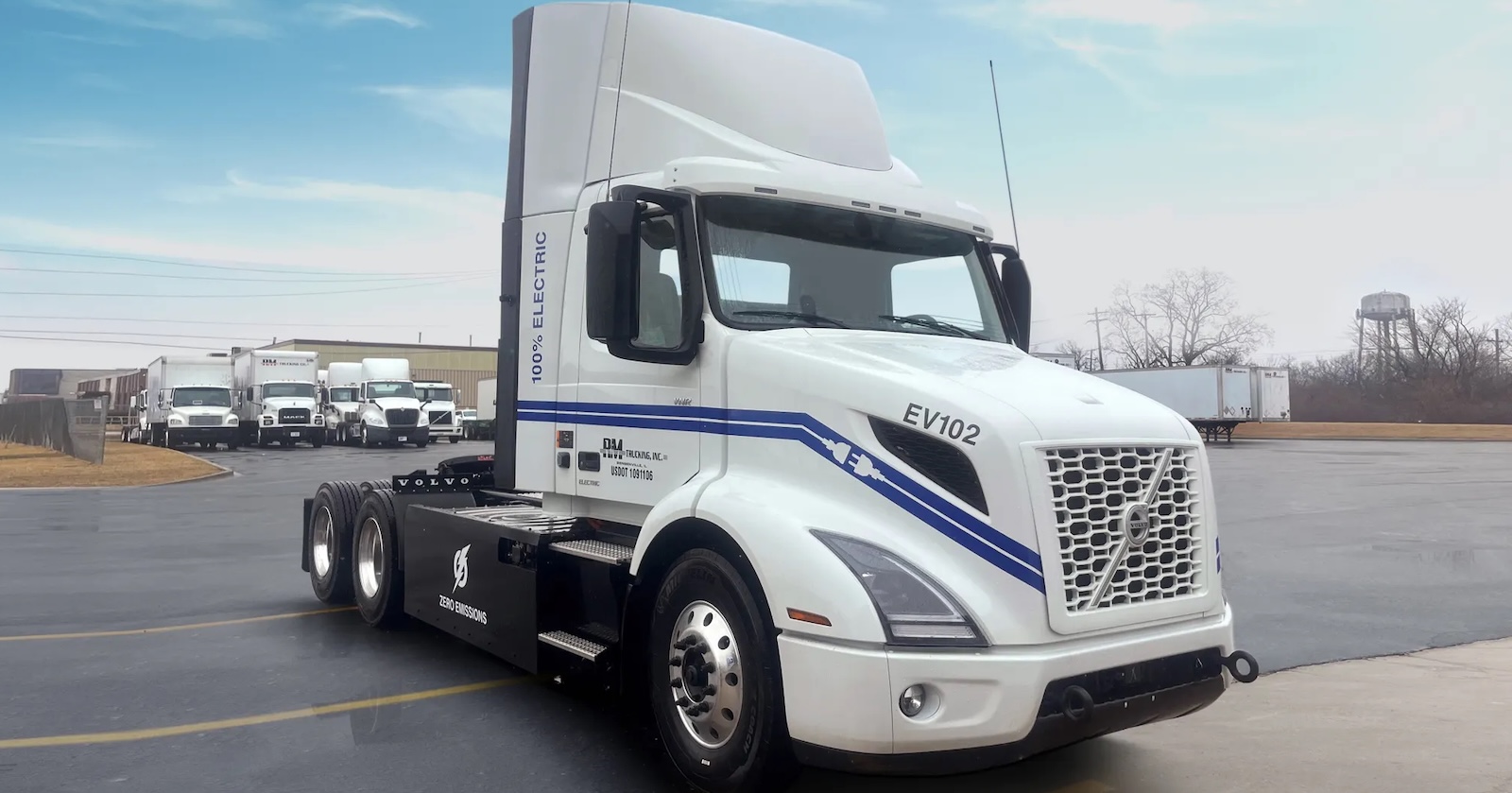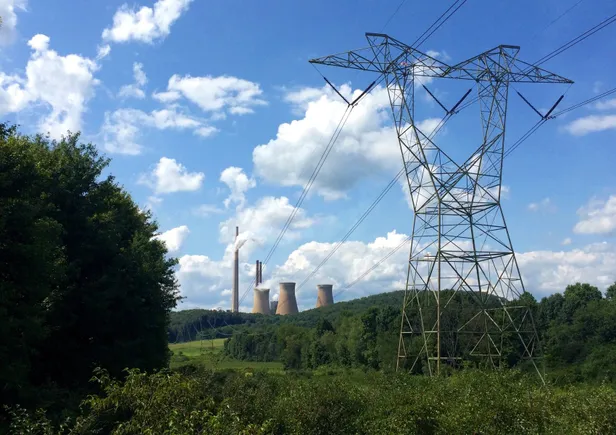2025 Subaru Forester Hybrid Review -- As Subaru As It Gets
You’d never know the 2025 Subaru Forester Hybrid was a hybrid from 10 feet away. Subaru says that’s intentional, and it doesn’t want to broadcast the new electric motors, regenerative braking, or battery in the trunk to the world at large.


You’d never know the 2025 Subaru Forester Hybrid was a hybrid from 10 feet away. Subaru says that’s intentional, and it doesn’t want to broadcast the new electric motors, regenerative braking, or battery in the trunk to the world at large.

Maybe it should, because a hybrid drivetrain is exactly what the non-Wilderness Forester needed. When I reviewed the new Forester last year, I had a few gripes. For one, the SUV wasn’t very zippy, and I thought 178 pound-feet of torque wasn’t enough. After some more time in a Forester, I’ve also changed my mind on some other points, specifically as they relate to noise. Two electric motors and a battery later, the Forester has fixed many of the issues I had with the gas-powered model.
(Full disclosure: Subaru put me on a plane to San Francisco, put me up in a literal tree house, and gave me access to 250-odd miles of California redwood forests and coasts, an off-road course, and two competitors to test the new Forester Hybrid.)


The hybrid system is the big news here. Subaru fitted two MGUs (motor-generator units) to the existing Forester’s continuously-variable automatic transmission. These 88-kilowatt motors are responsible for helping out the Boxer four-cylinder motor and the whole thing produces a total of 194 horsepower. That’s up from 180 horses in the regular ol’ Forester. It should be up on torque too, but Subaru doesn’t provide a figure as it asserts there isn’t a standardized method for calculating total system torque output in hybrids yet. A 1.1-kilowatt-hour battery lives under the trunk floor, right where the tire inflator kit used to be (don’t worry, it just lives in a compartment to the left now). Notably, this means there’s no space inside the cabin eaten up by a battery, as was the case with 2019’s Crosstrek Hybrid.
Of course, there are also improvements to fuel economy alongside performance thanks to this new system. Subaru says the EPA-estimated combined output of 35 MPG is largely on par with competitors thanks to a few factors, but everyone’s going to see the combined output of the RAV4 and CR-V Hybrids and notice the bigger number. The Forester Hybrid nets 35 MPG combined, whereas the RAV and CR-V hybrids will do 39 and 40 MPG combined, respectively.

We were told if you could get your family to eat around four fewer eggs per week, you’d break even on fuel costs. Most American families could swing this, but those wolfing down eggs like Gaston from Beauty and the Beast may be doing a little more cross-shopping. Of course, neither the RAV nor the CR-V has the mechanical all-wheel drive system found in the Subaru, which is arguably of greater benefit than a few bucks in egg savings. The Hybrid model also receives some additional sound deadening to help eliminate noise from the new drivetrain. This is all concentrated around the transmission tunnel of the SUV to help quiet the cabin some.
Mostly it does, though I’ve reneged on my original analysis of the Forester’s on-road manners. It’s quieter than the old one, sure, but there’s some wind noise that seeps into the cabin I couldn’t help but notice. In spite of the additional sound deadening, the noise from the engine and transmission under heavy acceleration is still pretty obtrusive. Call it a placebo from the moments of total silence when the car is on battery power, but I feel compelled to report it nonetheless. I also have some other complaints that stuck around after my time in the new Hybrid model.

For one, Subaru’s infotainment system is still just on the right side of “fine.” The low resolution doesn’t really bother me (Honda suffers from the same), but input lag is something of a problem, as is a lack of physical touchpoints for some functions. Twice I reached for the auto brake-hold function, only to find it still off as I inched towards an intersection. Sure, I could just wait until a light, but I’m an American with a hyperactivity disorder and I want my button pressed now. I also disagree with the continued use of shiny black plastics, which already looked dirty after about 30 seconds of driving.
Really, it’s all positives from here on out. The new hybrid system adds a lot to the equation. For one, the car is noticeably quicker in pretty much every application. I drove the Forester Hybrid harder than most people with a frontal cortex would, and it never felt even remotely as slow as the gas-powered model. Subaru’s all-wheel drive system ensures the SUV stays planted on most surfaces, and the only time I wanted more grip was during our off-road drive, when some less-than-brilliant maneuvering led me onto loose gravel down a steep grade. The car slid, but between the hill descent control and the traction control, things got under control quickly.
The Forester shines off-road compared to its competitors in any trim level, and the Hybrid is no different. Subaru includes its X-Mode software for the AWD system to help navigate various surfaces, which helps you navigate tough terrain. Even on all-season tires, the Subaru feels more willing to venture off-road than other models in its segment — something that’s true all the way up to the Wilderness trim. If you’ve got one of those “weekend of [outdoor activity here]” lifestyles, the slightly worse fuel economy is worth the trade-off.
As pointed out above, things are more of a mixed bag on pavement, but there are still some upsides made even more appetizing with the addition of the hybrid system. It’s set up very well, and you’ll quickly forget the Forester is a hybrid. I noticed the gasoline engine turning on and then off again at various points, but it was never really obtrusive or obnoxious, and the whole thing quickly faded into the background.


The Forester lets you creep around on battery power alone at low speeds, which also makes it very smooth in traffic. I also noticed the Forester’s interior was much better equipped than the comparable RAV4 Hybrid XLE Subaru had on site. The two were within a few thousand dollars of each other, and the Forester’s interior had nicer materials. There’s always somewhere to put things, too, and Subaru’s insistence on the boxy shape of the Forester does lend itself to carrying cargo.

In reality, the Forester Hybrid does an excellent job at fixing some of the problems I have with the non-hybrid models. It’s still quieter than the gas-powered models, even if there is some residual noise, it’s significantly more efficient, and the off-road capability is unmatched by competitors. Subaru’s pricing is competitive as well. The Forester Hybrid starts at $36,415 for the base Forester Premium Hybrid, and the lineup tops out with the $43,115 Forester Touring Hybrid. Broadly speaking, Subaru either undercuts or competes with just about every hybrid SUV in the segment, including the competitors discussed here. If the Forester made sense to you already, the extra money for the hybrid system is more than worth it.
[Images © 2025 Chase Bierenkoven/TTAC.com]
Become a TTAC insider. Get the latest news, features, TTAC takes, and everything else that gets to the truth about cars first by subscribing to our newsletter.



















